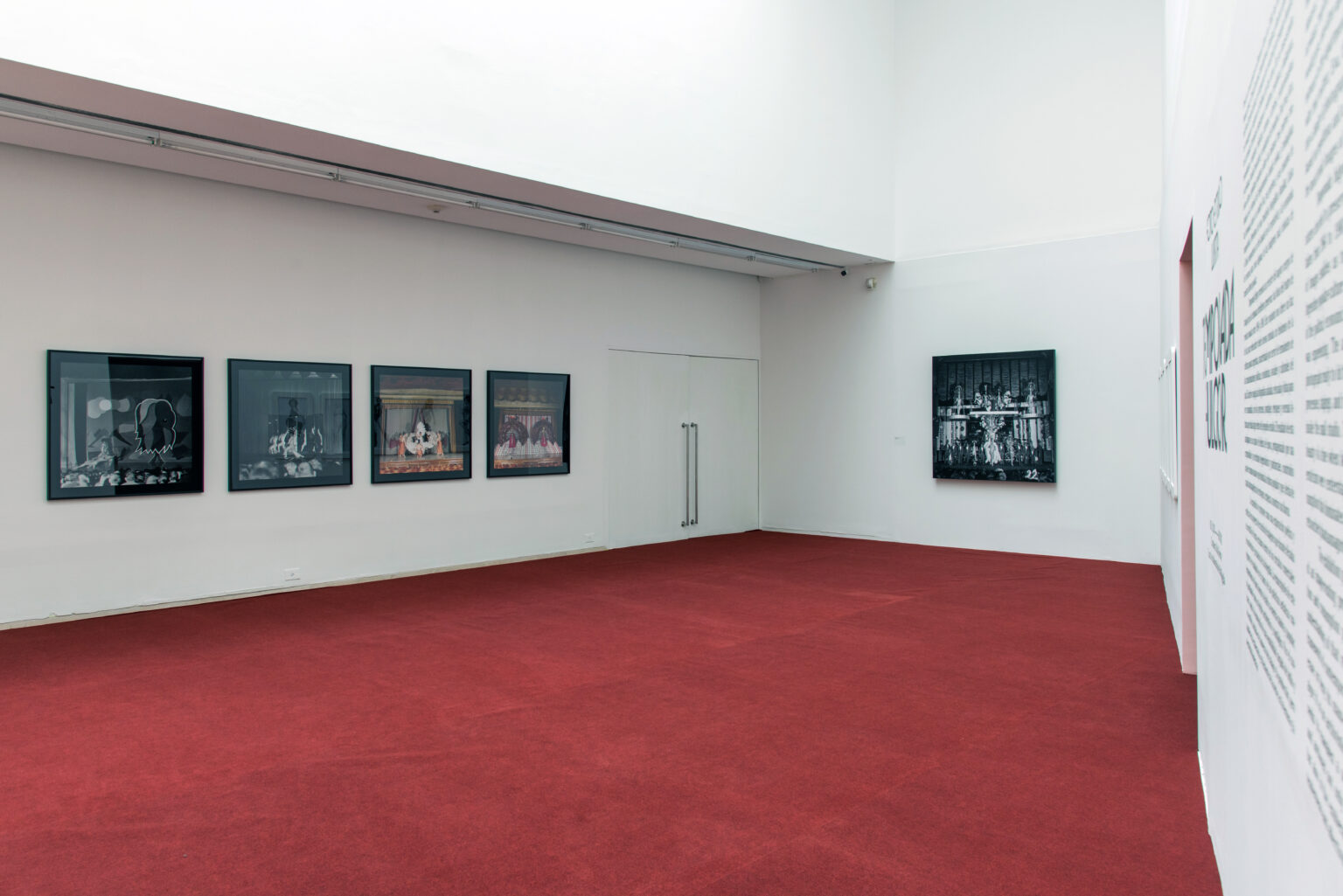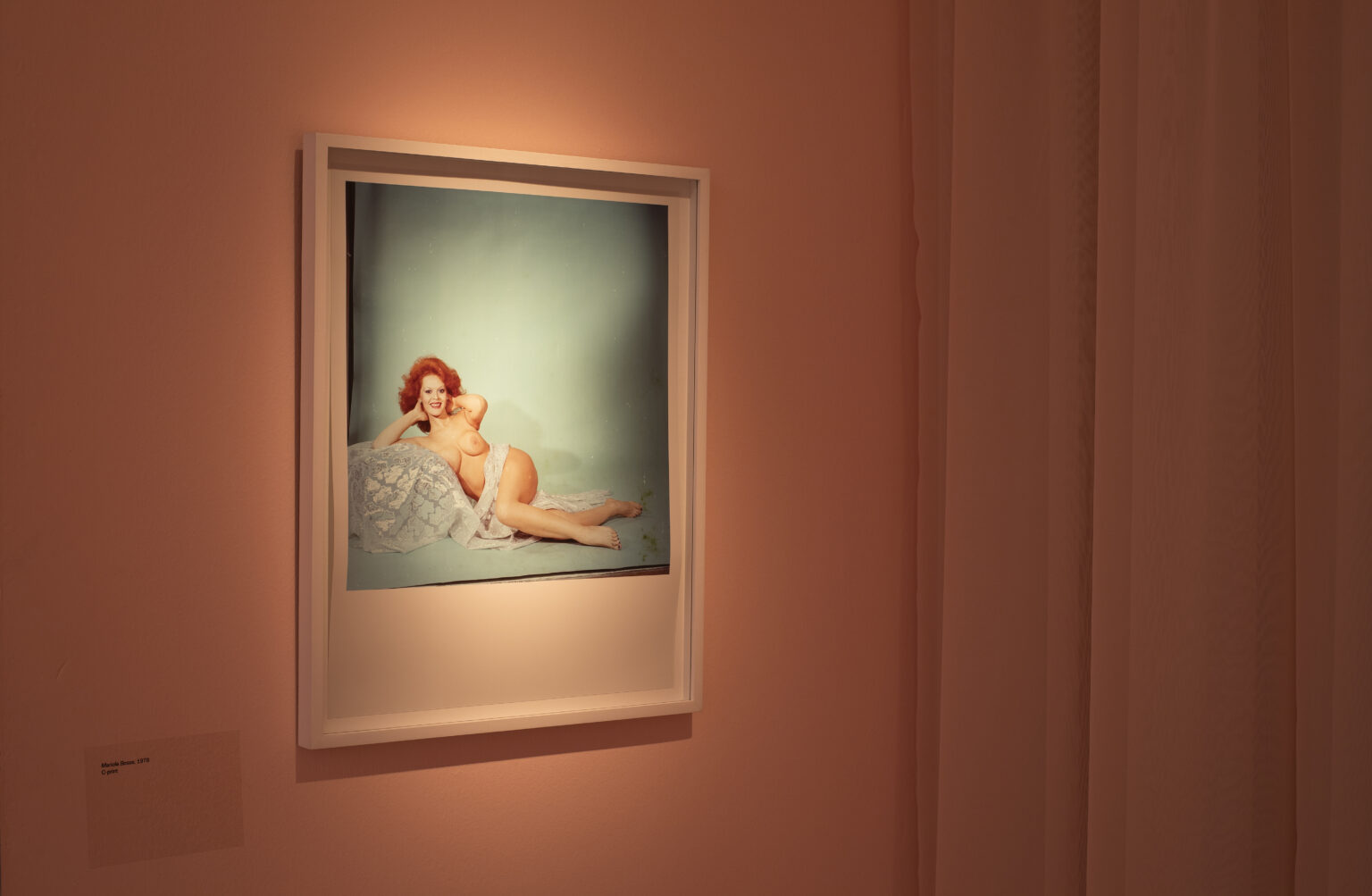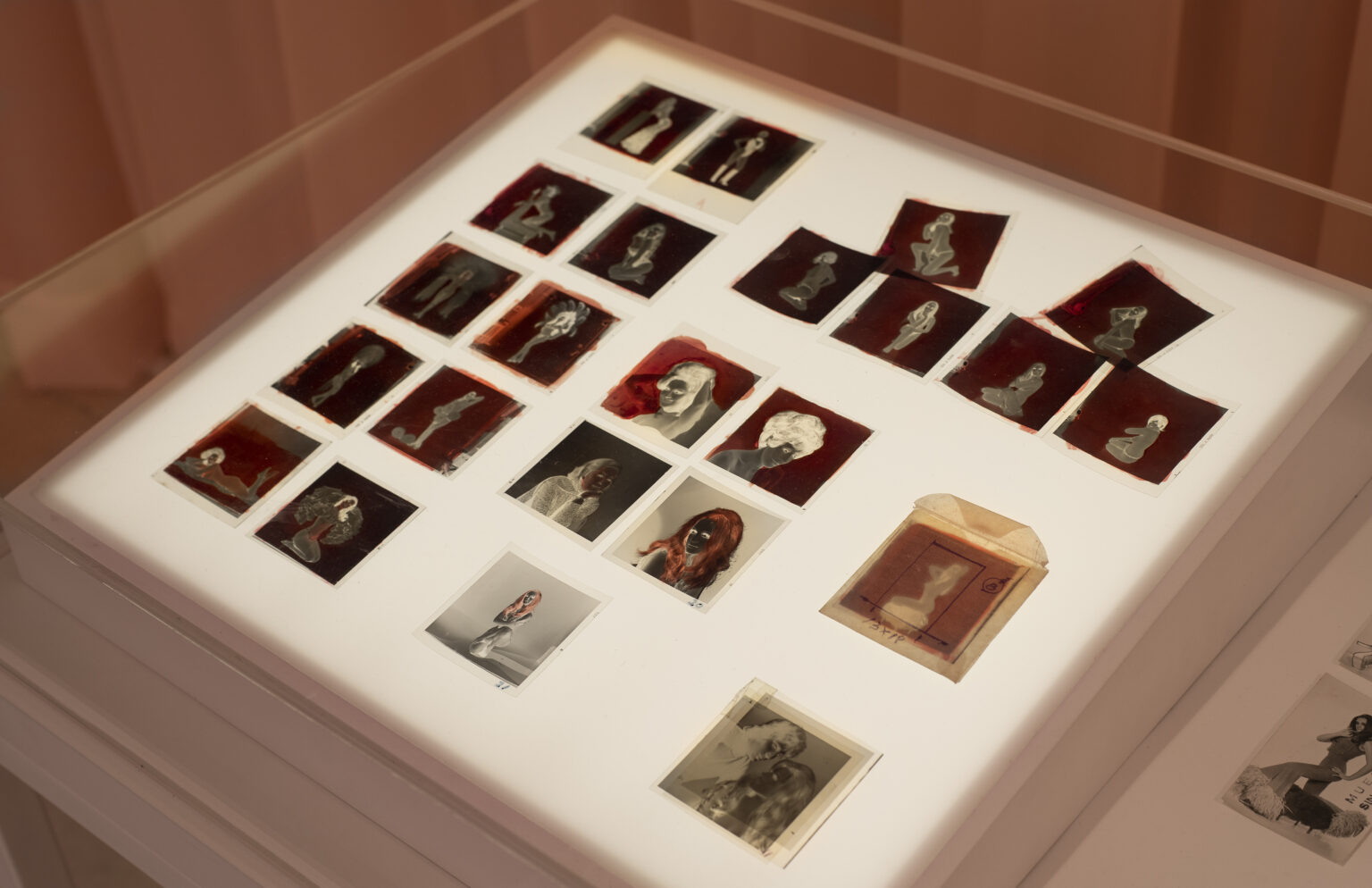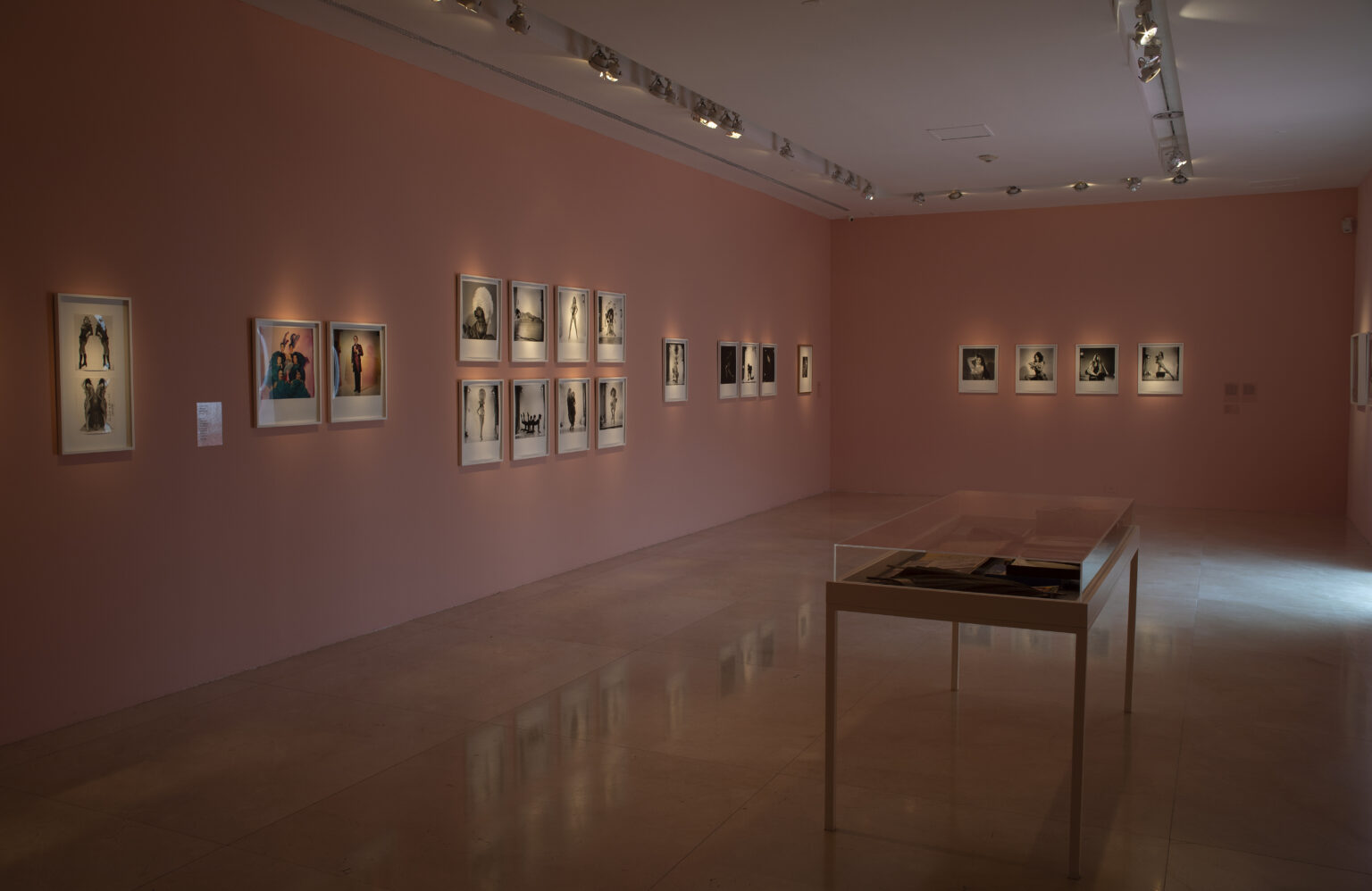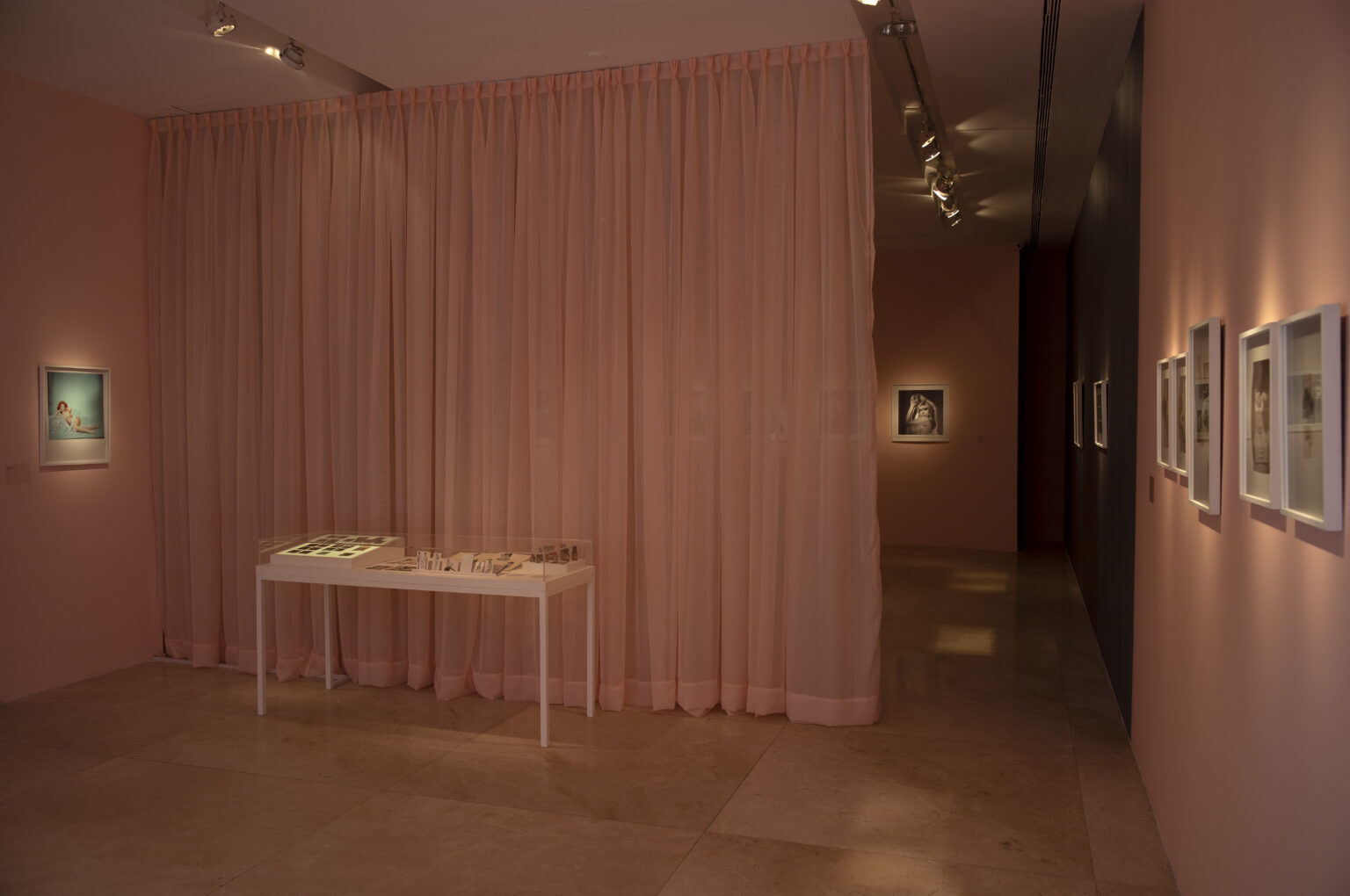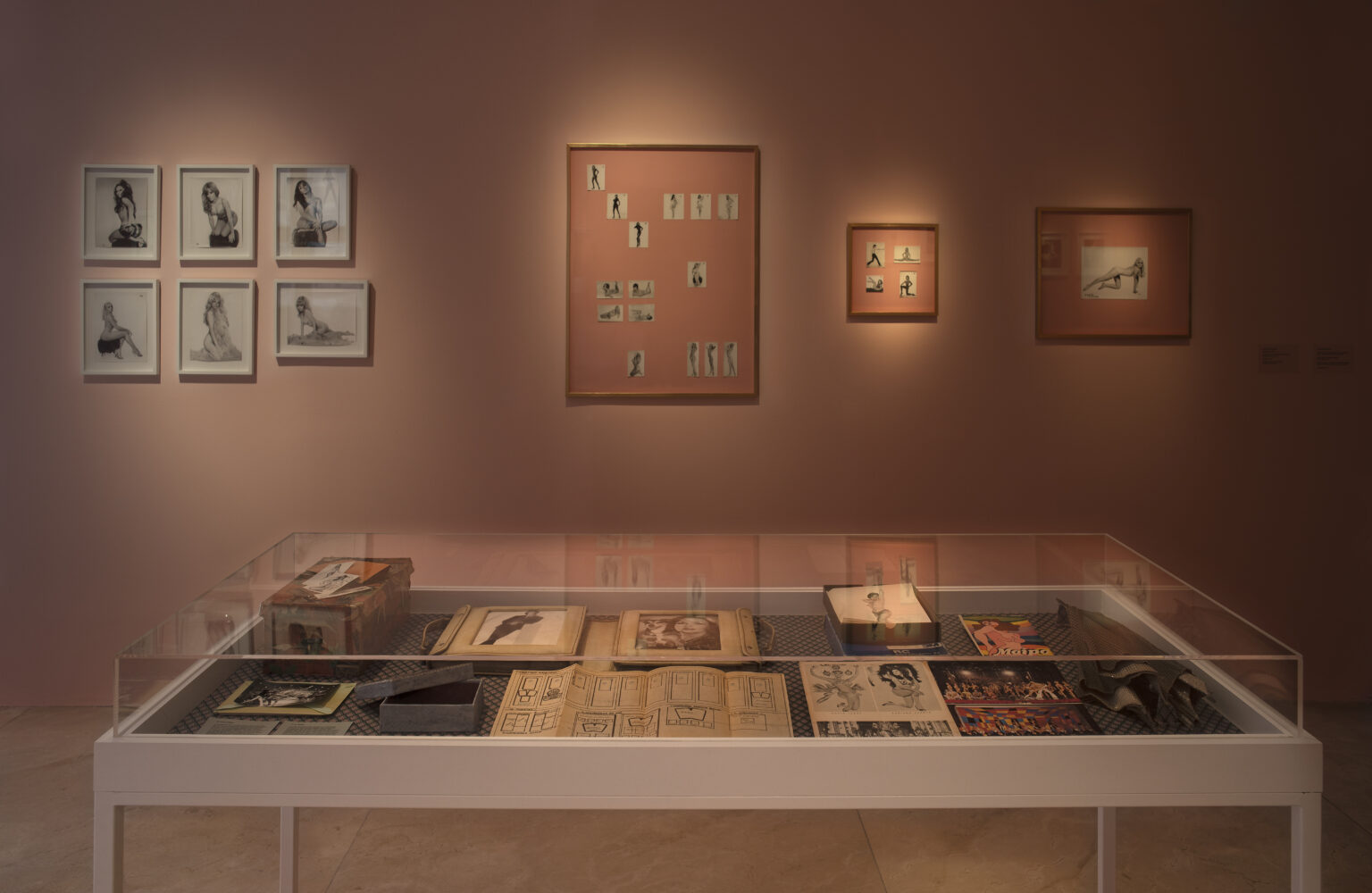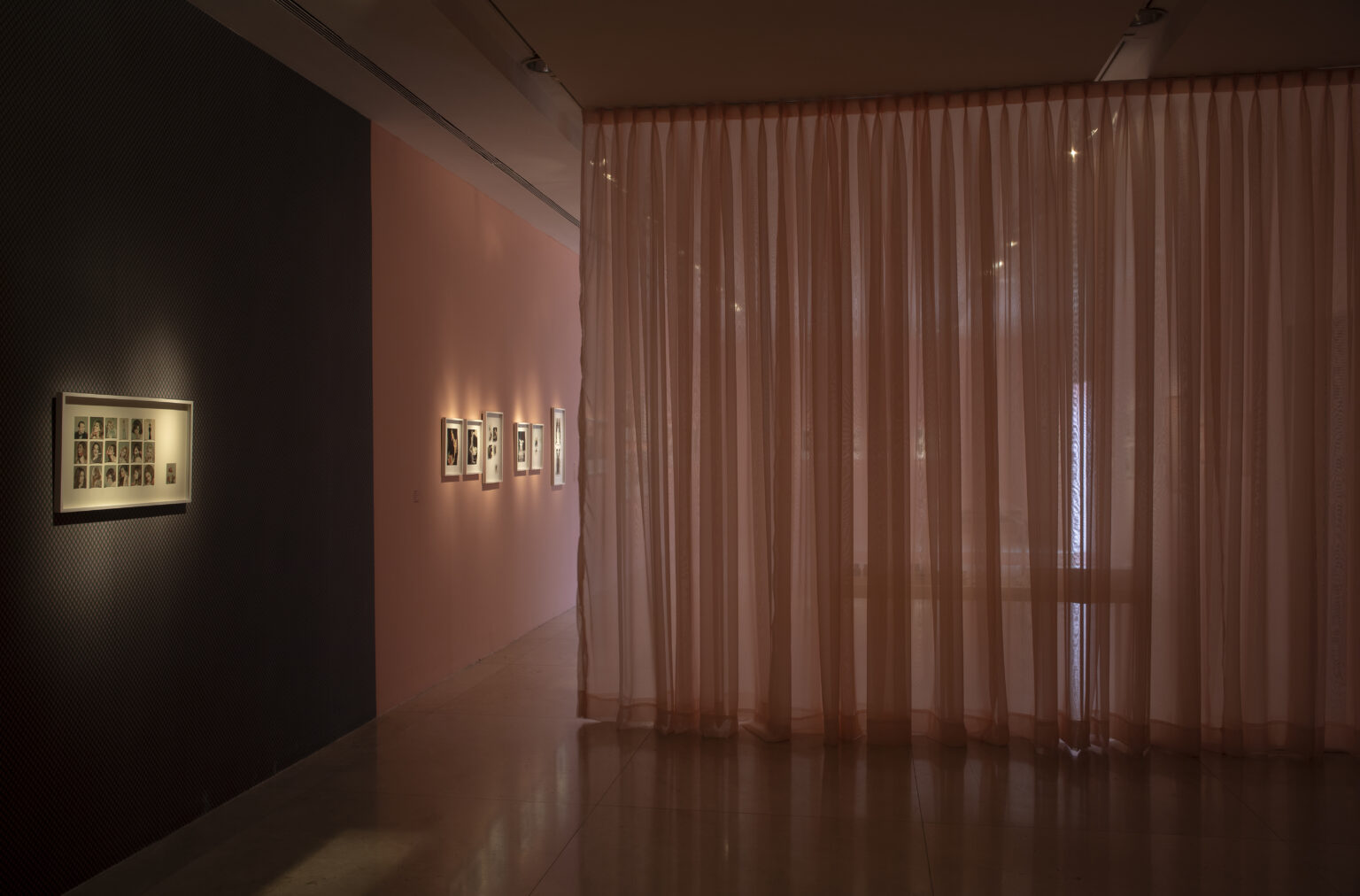Since their reunion in Buenos Aires in 1958, Colombian sisters Luisa and Chela Escarria, founders, owners and sole operators of the Foto Estudio Luista, began building a domestic temple dedicated to capturing the beauty of others. In their home-studio on Corrientes Avenue they portrayed vedettes, models and dancers, comedians, singers, musicians, actors, actresses, contortionists and acrobats, tropical bands and drum troupes. One after another, these popular stars posed on the same 3 square meters at the entrance of the apartment where the sisters lived and worked together with their mother Eva, their dogs and competition canaries. Heirs to a family photography tradition, Luisa and Chela composed a ritual based on repetition and economy of resources to create some of the most iconic images of our popular culture.
Temporada Fulgor presents a selection from the largest body of work that the sisters decided to preserve: the revue theater photos taken between 1964 and 1980. This set of images offers us a beam of light to rediscover from new perspectives a phenomenon of Argentine popular culture, characterized for serving as a thermometer of the political, economic, social and cultural transformations of the country. The archive combines the finished photographs, retouched and ready to be consumed, with the production processes, montages, retouchings and intimate scenes that took place within the small studio. The result of this amalgam is a canon of beauty of a time when hegemonic and patriarchal corporality and eroticism were centerstage, a canon assembled for the mass consumption that dominated popular culture and that, under so many retouched phantasmagoric layers, begins to crack.
proposes a poetic and aesthetic exploration of an image-creating project that ensued solely, at both production and consumption phases, on commercial circuits. This new understanding of that regime of visuality, its re-placement in the framework of contemporary artistic practices is not an attempt to erase or deny its mass-scale and pop-culture essence or to paralyze it as an archivistic and nostalgic fetish. On the contrary, it seeks to reawaken a sensibility laden with glitter and meaning and anchored not only in the universe of work and production but also in the exuberance and excess of the night, in domestic tenderness and affectivity.

